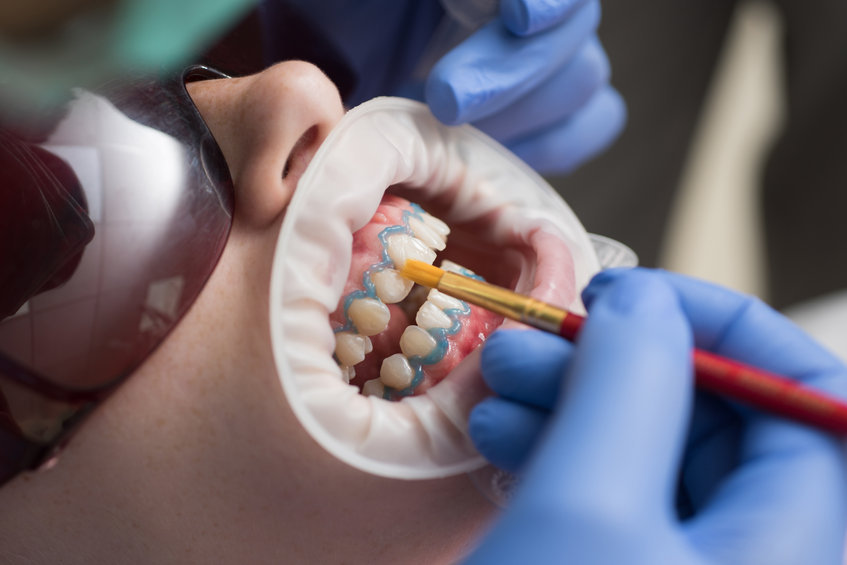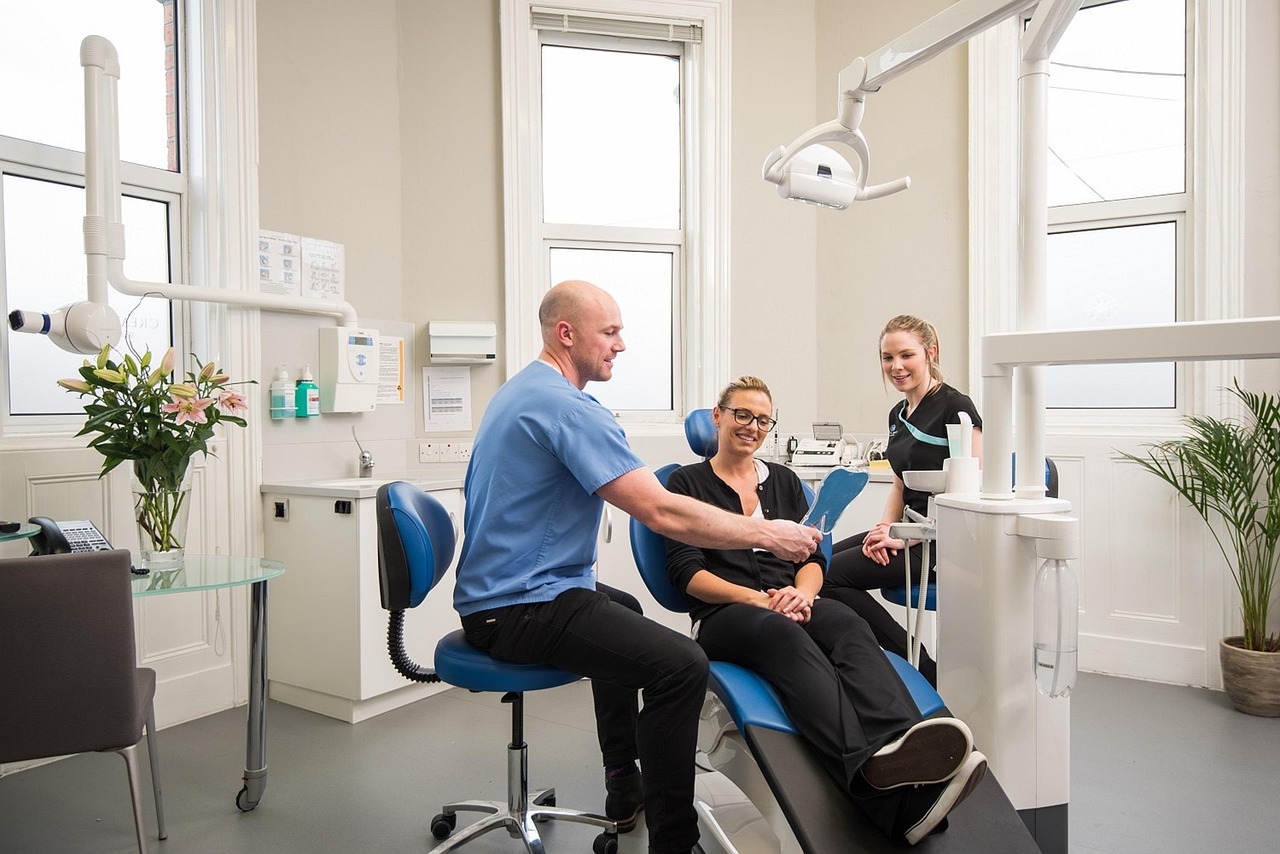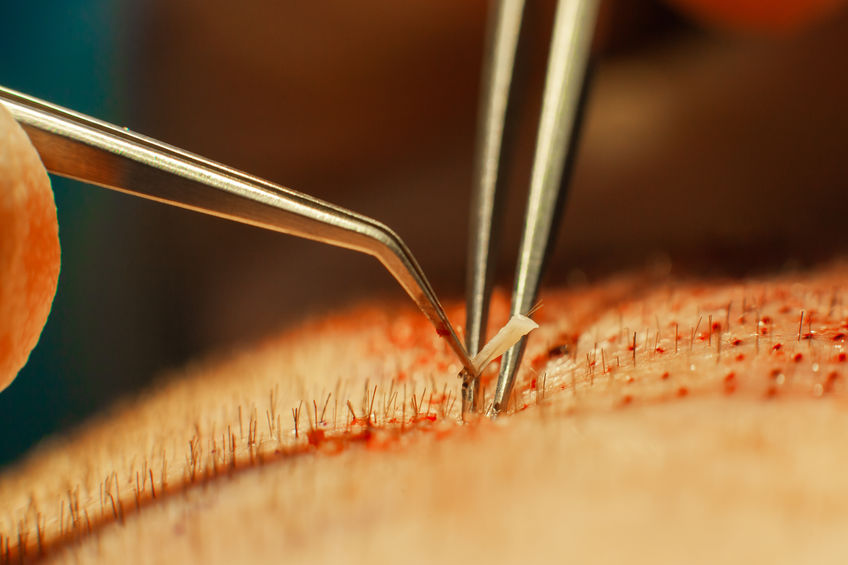If you’ve ever thought about replacing a missing tooth, you’ve probably heard of implants. For a long time, this procedure evoked the image of a heavy operation, endless recovery, and sometimes painful aftereffects. But today, that picture belongs more and more to the past. Recent innovations in dental implants have changed everything, truly transforming how patients experience this treatment. It’s no longer just a surgery—it’s a smoother, more precise, more comfortable process, where technology assists the practitioner’s hand.
Surgery Guided by Artificial Intelligence and Robots
It may be hard to imagine a robot in a dental office. Yet, it’s becoming increasingly common to see robotic arms assisting dentists in placing implants. Recent innovations in dental implants now integrate these precision technologies, a bit like how a GPS guides a driver.
Concretely, a system like Yomi helps the surgeon insert the implant with millimetric accuracy. The robot doesn’t work alone—it assists. If the practitioner’s hand strays, the device corrects the trajectory. You can imagine the relief this brings when it’s about avoiding a nerve or working in a narrow area. The intervention becomes safer and faster.
Dynamic guidance, another key example of recent innovations in dental implants, works like an interactive real-time map. The screen shows exactly where the drill is and in which direction it moves. The surgeon keeps control, but the technology reduces uncertainty. For you, this means less stress and greater confidence in the final outcome.
Less Invasive Techniques That Reduce Pain and Speed Up Recovery
For years, placing an implant meant widely opening the gum, detaching tissues, then closing with sutures. The mouth remained sensitive for days, disrupting daily life. Recent innovations in dental implants have significantly lightened this process.
Guided surgery now allows planning ahead. Thanks to 3D scans and digital impressions, the dentist has an exact model of your jaw. A custom surgical guide directs their movements like a precise stencil. The result? Smaller incisions, shorter procedures, and much faster healing.
Another advancement, the flapless technique, avoids opening the gum entirely. The implant is inserted through a small opening, with no tissue detachment. The difference is huge: less bleeding, minimal swelling, and a return to normal life in just a few days. Patients who have experienced both methods often describe the difference as “night and day.” Comfort is now central to the experience.
Immediate Solutions for Modern Expectations
There was a time when patients had to wait months between implant placement and receiving the permanent tooth. That waiting period was frustrating—you left with a gap or an uncomfortable temporary denture, feeling like the treatment never ended.
Today, things have changed. Some techniques now allow immediate loading. This means you leave the same day with a provisional tooth attached to the implant. You can smile, speak, and eat more easily, without the awkward waiting period. Of course, not everyone is eligible, but when possible, it’s a small revolution—another way innovations improve everyday life.
New Materials for More Natural Results
Aesthetics matter just as much as strength. For patients with thin gums, the gray color of titanium sometimes showed through, which was bothersome—especially for visible teeth. Zirconia now offers an elegant solution.
This white ceramic integrates discreetly into the mouth. It provides strength while giving a much more natural appearance. For you, that means a smile that looks perfectly natural—even up close. Zirconia is also hypoallergenic, reassuring sensitive patients.
Implant surfaces are also evolving. Textured or bioactive-coated implants stimulate bone integration more quickly. Thanks to these recent innovations in dental implants, stability is achieved faster and long-term success is improved. These are invisible details to the eye but make a real difference over time.
A Future Focused on Bone Regeneration and Bioengineering
Losing a tooth also means gradually losing bone. This used to complicate implant placement significantly, often requiring heavy bone grafts with long healing times. Again, recent innovations in dental implants now provide simpler, more effective solutions.
Modern biomaterials encourage more natural bone regrowth. Some are resorbable, others serve as scaffolds to guide regeneration. The result: lighter, better-tolerated grafts and a stronger foundation for implants.
Osseodensification is another breakthrough. Instead of removing bone when drilling, the dentist compacts the existing bone. The implant is then surrounded by denser, stronger tissue. This means greater stability from the start, without months of consolidation. This innovation opens implant dentistry to patients who once thought it impossible.
Digital Planning That Changes the Patient’s Experience
You’ve probably heard of connected devices like smartwatches or fitness trackers. Believe it or not, implantology is also becoming “smart.” Some research is developing intelligent implants with tiny sensors.
These sensors measure bite force, stability, or even local temperature. If an infection begins, the implant sends an alert before you even feel pain. Your dentist can act early, preventing complications.
3D scanners and augmented reality now also allow you to visualize the final result before treatment begins. You can see your future smile, implant position, and crown shape. This transparency changes the relationship with treatment: you’re no longer just a patient—you’re a participant.
What You Actually Gain
These innovations aren’t just gadgets. They bring real-life benefits:
-
More comfort: less invasive procedures, lighter recovery, faster healing.
-
More natural smiles: white materials, customized shapes, discreet integration.
-
Time savings: sometimes a tooth placed the same day, fewer appointments.
-
Greater safety: precision robotics, smart monitoring, enhanced stability.
-
Accessibility: even with bone loss, new techniques make implants possible.
Each advancement meets concrete patient needs. Recent innovations in dental implants aren’t just technical—they improve everyday life.
What to Keep in Mind
Of course, every innovation has a flip side. Technology comes at a cost. Robot-assisted implants or high-end materials are often more expensive. Not all practitioners have this equipment yet, so you may need to find a specialized clinic.
Some innovations are still very new and lack decades of research—like smart implants with built-in sensors. And above all, nothing replaces excellent oral hygiene and regular dental visits. Technology helps, but it doesn’t replace personal care.
Tomorrow, Even Further
Given the speed of dental innovation, the story is just beginning. Already on the horizon:
-
3D-printed implants made on-site, fitted in a single appointment.
-
Surface technology that releases substances to prevent infections.
-
Even smarter robotics powered by advanced AI.
All these trends aim in the same direction: making implants more accessible, faster, safer, and more natural.
Dental implants today are nothing like what they were 10 or 20 years ago. With robotics, less invasive techniques, aesthetic materials, easier bone regeneration, and smart monitoring, the procedure is safer, more comfortable, and faster.
If you’re still hesitant, remember: these innovations exist to simplify your life, restore your confidence, and give you back a harmonious smile—without the fear or heavy stigma of the past.




